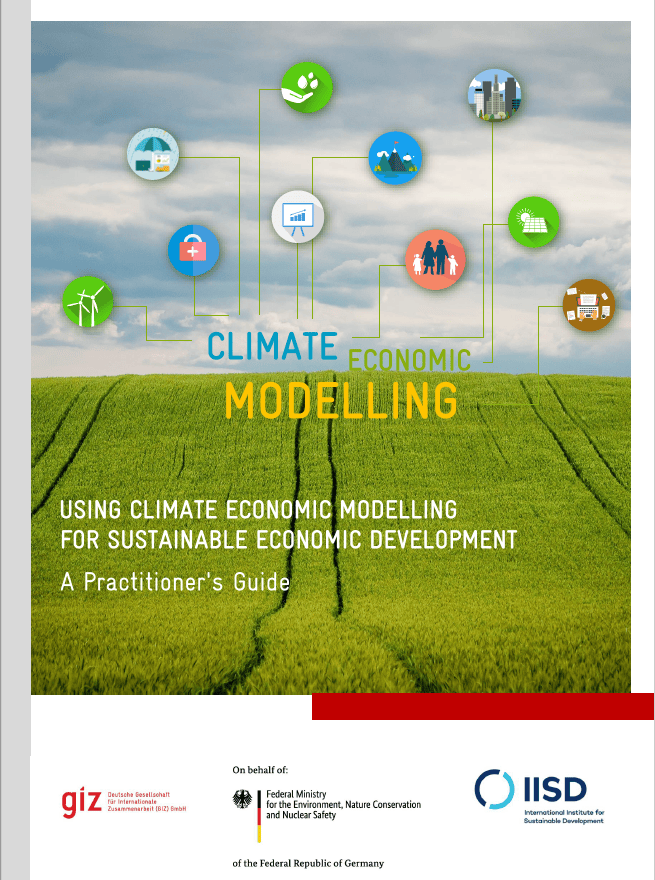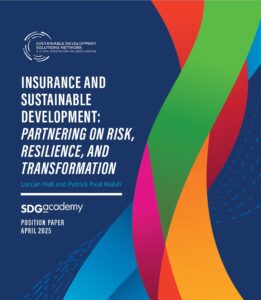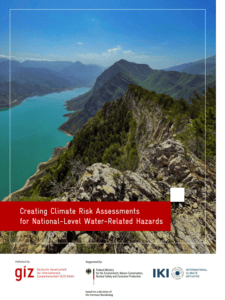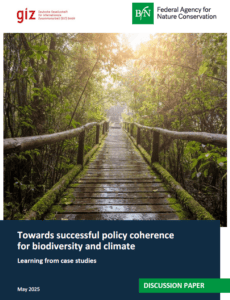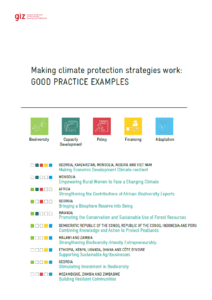The CRED Practitioner’s Guide offers a framework to help economic advisers in central and sectoral government ministries to integrate climate economic modelling results in economic development processes, with the ultimate objective to support climate-resilient economic development. The guide describes various opportunities to integrate climate modelling results along all steps of the economic development policy cycle, from planning to budgeting and financing, implementation, and monitoring, evaluation, and learning.
The framework identifies nine indicative entry points. Four major factors should be considered for assessing the entry points: the modelling development process and results, the stage of the economic development policy cycle, the status of climate adaptation mainstreaming, and the overall enabling environment for climate adaptation mainstreaming. To address the latter, the proposed framework lays out eight enabling factors, which together support (positively or negatively) the effective use and uptake of climate economic modelling results in economic development. The enablers are the conditions within which the entry points operate. As such, the entry points and the enablers reinforce each other; they are both important and closely linked. The document also offers guidance on how to use each entry point and enabler with examples to describe what it could look like in practice.

